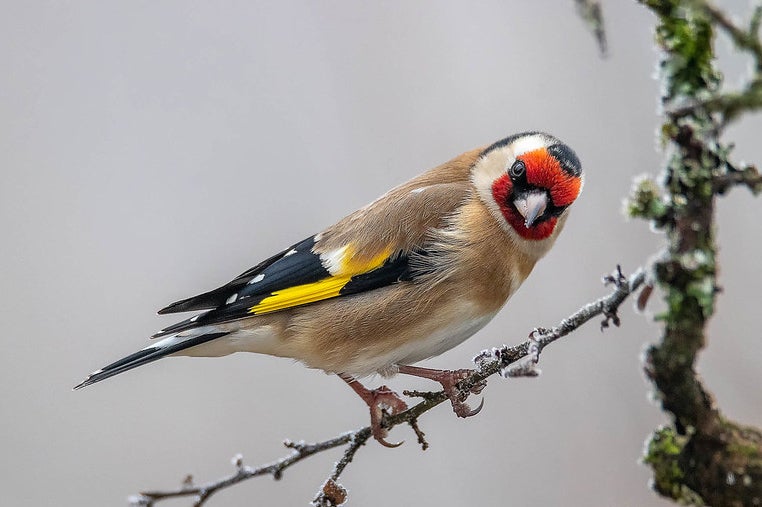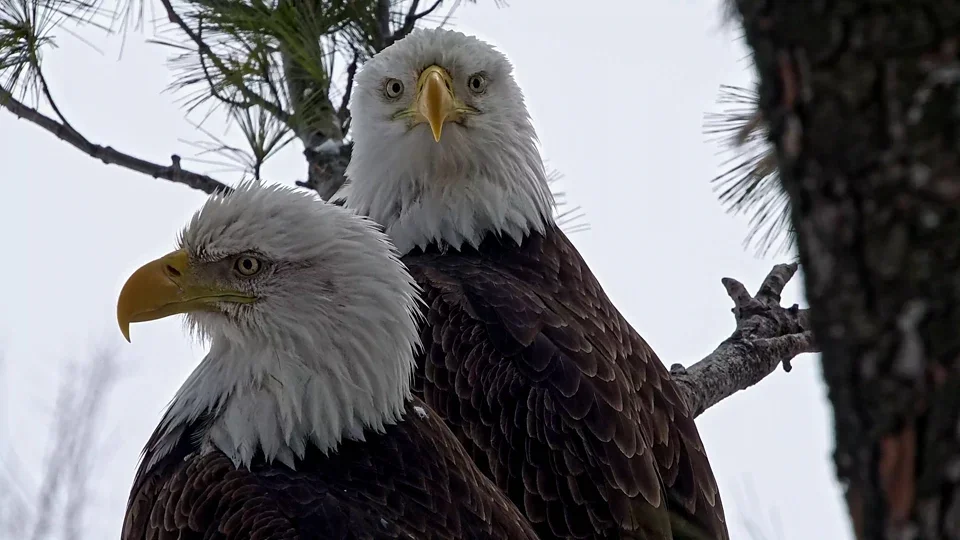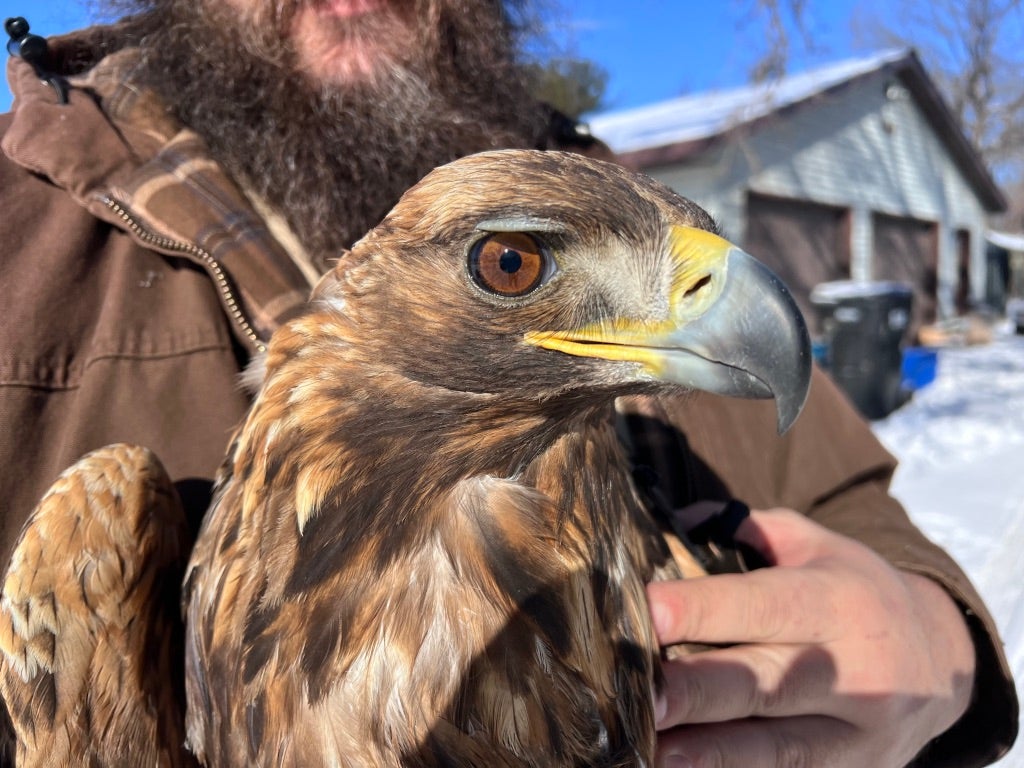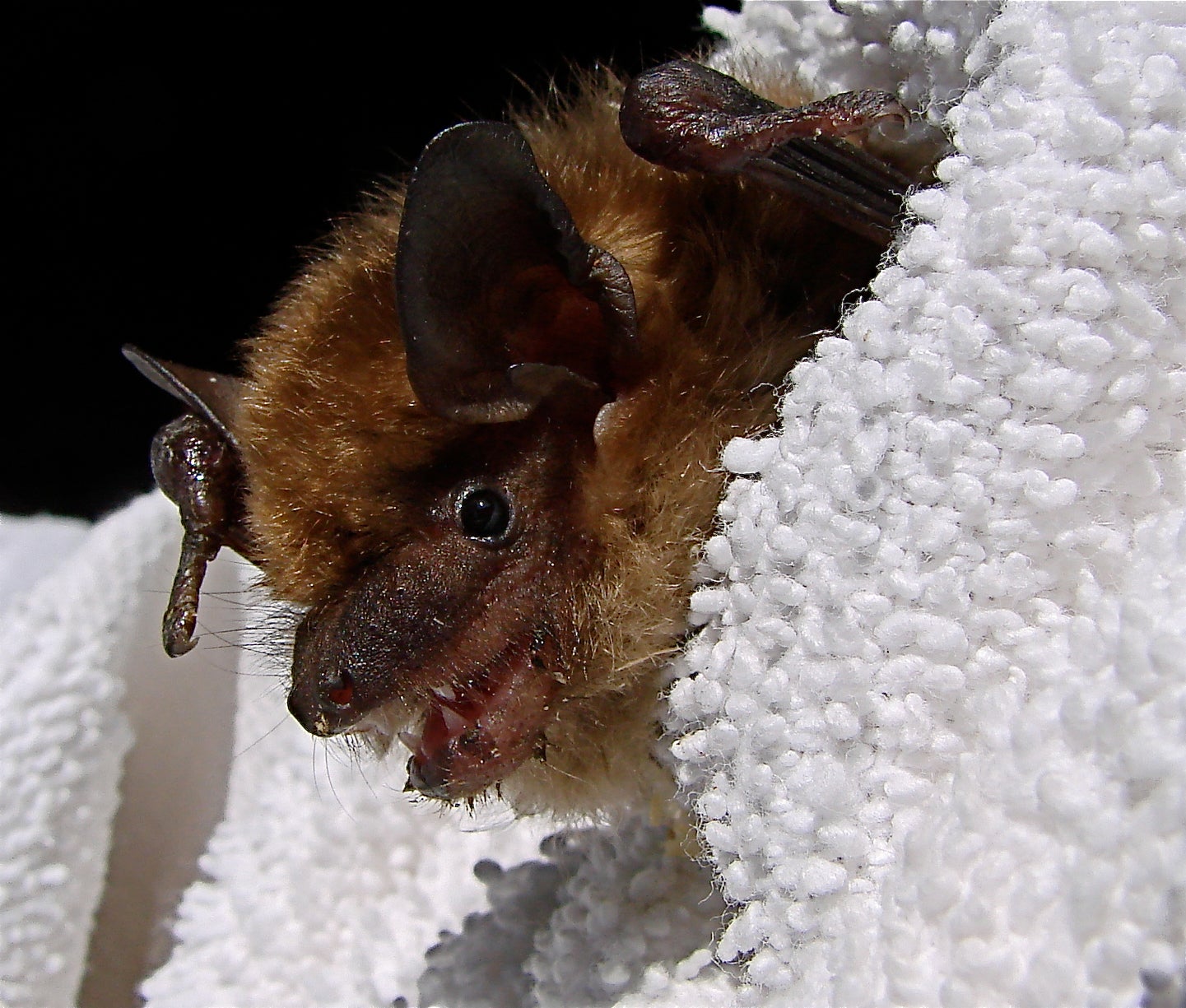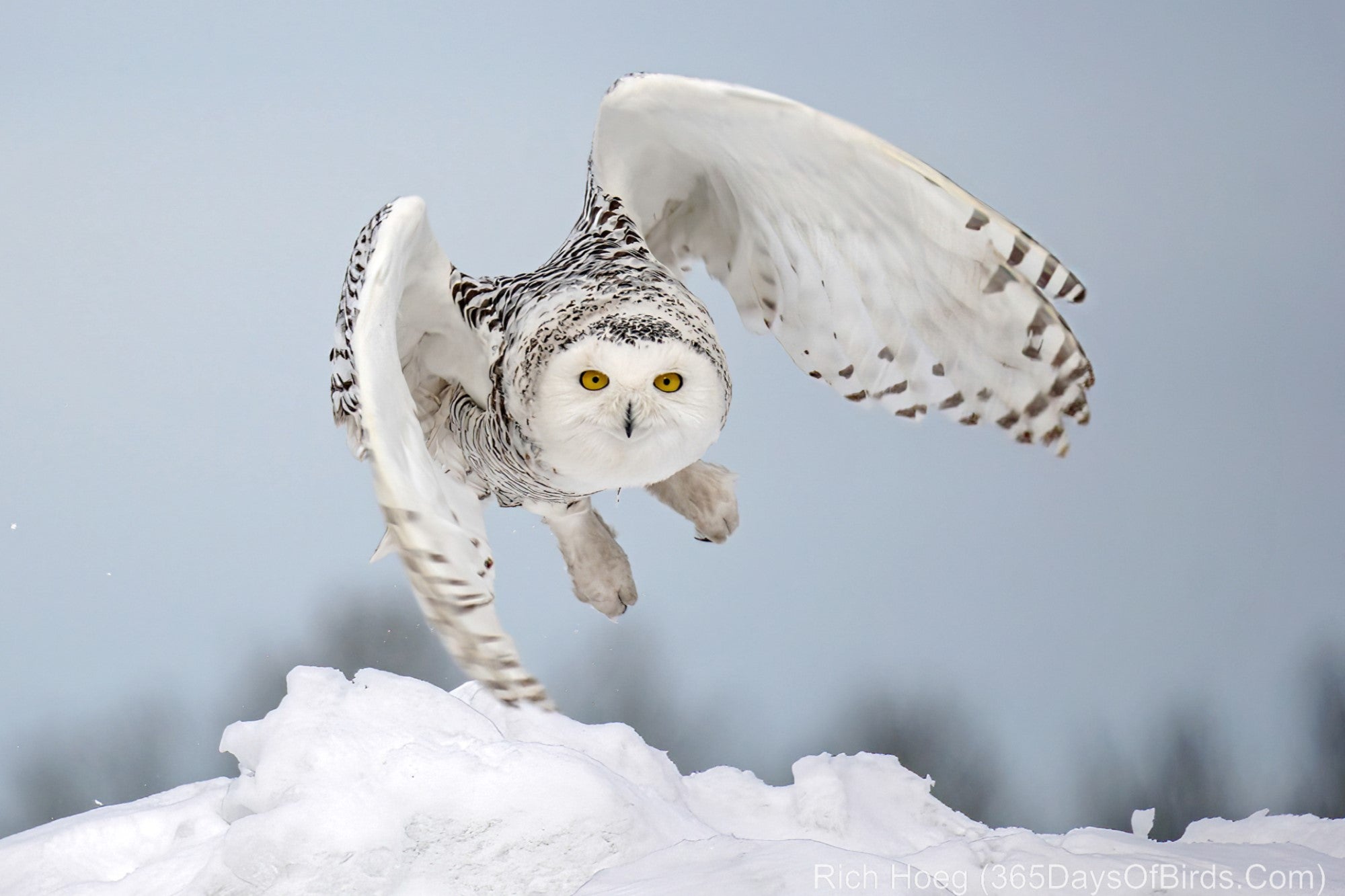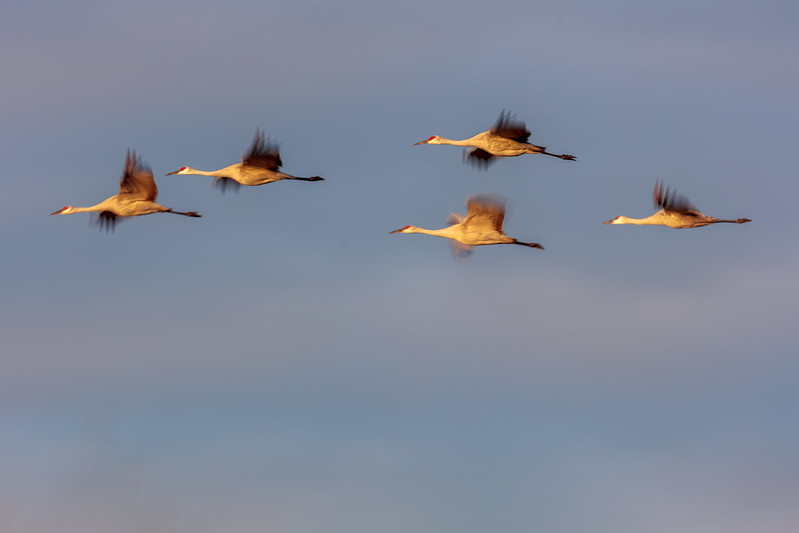Researcher Julie Craves was taking part in a bird count in Michigan nearly 20 years ago when she spotted something unusual — a colorful European goldfinch thousands of miles away from its typical home range.
Craves suspected the bird was an escaped pet. But she was curious, so she posted on an online birding forum asking for reports of sightings of European goldfinches. Soon she was getting responses, with several hundred people reporting sightings. Three-quarters of them came from an area concentrated in northern Illinois and in southeast Wisconsin in Kenosha and Racine counties.
“The majority of records I received initially were they’d see this bird at their feeder and think ‘Oh my gosh, look how cool that is,’ and they’d go Google it, and they would come up with this (species) and then my website would come up. And this happened over and over and over again.”
Stay informed on the latest news
Sign up for WPR’s email newsletter.
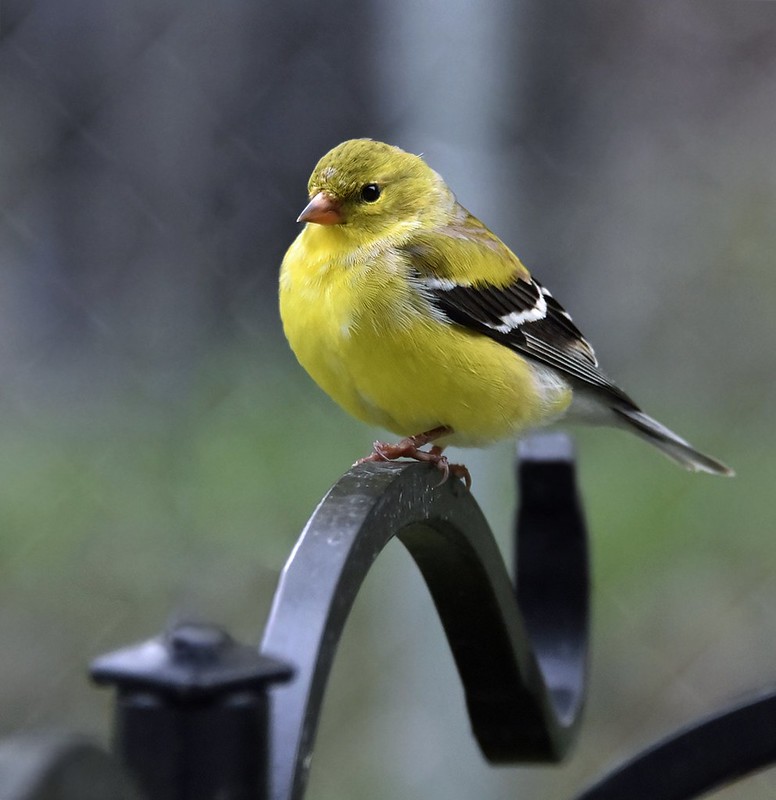
Since that first sighting, the finches — striking birds, a little larger than an American goldfinch, with red-and-black facemasks and gold and black wings — seem to have made themselves at home.
Nicholas Anich is the Breeding Bird Atlas coordinator with the Wisconsin Department of Natural Resources. The atlas uses data from volunteer birders to track bird populations and nesting activity in the state.
Anich said the Atlas completed in 2019 confirmed the finches were nesting in the region. Now, he and Craves estimate, the European finch population in the region likely ranges from several hundred “to the low thousands.”
Although there are scattered small populations of the birds elsewhere in North America, including a small colony in New York City, the greatest concentration continues to be in southeast Wisconsin and northern Illinois.
Jennifer Wenzel of Caledonia is an avid birder who volunteered to collect data for the Atlas. She said the finches first began to be seen regularly several years ago outside a now-closed bird feed shop in Kenosha. The finches congregated at feeders on the store’s patio.
“Word got out there and birders from all around started to come and see them because it’s a colorful bird, and they hadn’t seen them before,” Wenzel said.
But over the last several years, she said, the finches seem to have become a more common sight.
“They are showing up at feeders more,” she said. “I most often see them if I’m on a hike along the Pike River.”
The original source, Anich and Craves believe, is a bird breeder and importer based in the Chicago suburbs. Anich said the man imported finches — which are popular in the pet trade — shipping the birds into the country through Los Angeles.
“It appears that about 60,000 birds were imported into northern Illinois,” Anich said. “Presumably most of these were intended to be sold as pets but either accidentally some escaped or perhaps some batch of them was intentionally released.”
European goldfinches’ native range extends throughout Europe into northern Africa and central Asia. Anich said they are well-adapted to Wisconsin’s climate.
“It appeared when they were first released they spread out in every direction, but only in southeast Wisconsin and northern Illinois did they kind of set up shop, so this is where we are observing them year-round and observing nesting behavior and fledged young,” Anich said.
Anich and Craves are using data from volunteer bird spotters to try to monitor the population and keep an eye on nesting and feeding habits. They want to know whether the birds will thrive and spread, or whether the colonies will remain concentrated in a small region.
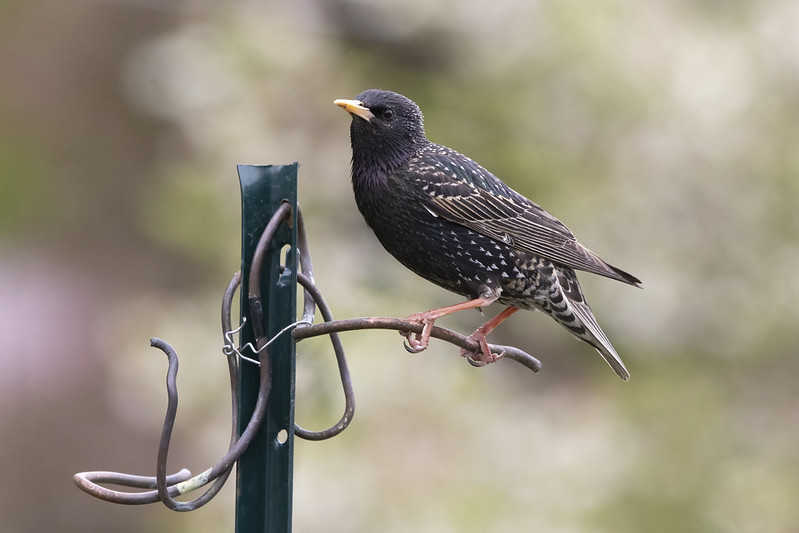
Craves said there have been small colonies of the birds that died out in the United States in the past, so it may be unlikely that they spread as widely as other non-native bird species like the European starling and the house sparrow.
At the time she first spotted a European finch nearly two decades ago, Craves was director of the Rouge River Bird Observatory at the University of Michigan-Dearborn. She has since retired but has continued to work on the finch research project. She and Anich are now working together on a paper on their introduction and spread.
“What’s going to happen with pests and threat status, I don’t think that’s something to be terribly worried about,” Craves said.
She said the finches build cup-style nests in trees and shrubs that don’t infringe on other species’ habitat. They nest earlier than the American goldfinches so are less likely to compete for resources. Craves said they feed on non-native weed species like thistle and burdock, and don’t appear to be aggressive toward other species.
“But it’s an example of how poorly monitored these small song birds are, and how purely reactive our laws are, instead of proactive, to prevent something like this from happening,” Craves said.
Wisconsin Public Radio, © Copyright 2025, Board of Regents of the University of Wisconsin System and Wisconsin Educational Communications Board.

